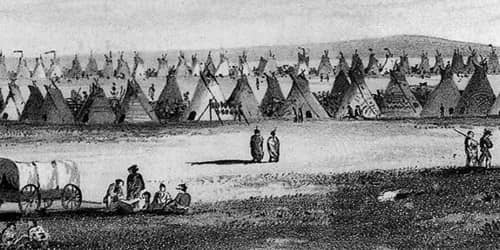A hydrometer is a device that measures the specific gravity or relative density of a liquid. It is also known as a lactometer and is an instrument used to measure the density or relative density of liquids using the idea of buoyancy. It is widely used in many industries, including brewing, winemaking, and chemical analysis, to estimate the concentration of dissolved compounds in a solution. They are commonly calibrated and graduated using one or more scales, such as specific gravity.
A hydrometer is typically made up of a sealed hollow glass tube with a broader bottom section for buoyancy, a ballast such as lead or mercury for stability, and a narrow stem with graduations for measurement. The liquid being tested is put into a tall container, usually a graduated cylinder, and the hydrometer is gradually dropped into the liquid until it floats freely. The point at which the liquid’s surface contacts the stem of the hydrometer corresponds to relative density. Hydrometers can have any number of scales along the stem that correlate to qualities related to density.
Here’s how a hydrometer typically works:
- Floating Principle: Hydrometers are buoyant and float in the liquid they are placed in. The depth to which the hydrometer sinks or floats is an indication of the liquid’s density.
- Graduated Scale: The hydrometer has a calibrated scale along its stem. The scale is marked with numbers or specific gravity readings. By observing where the hydrometer’s stem intersects the liquid surface, you can determine the density of the liquid.
- Reference Point: Most hydrometers have a reference point, often denoted as 1.000 or 0.000, which corresponds to the density of water. This allows users to measure the relative density of a liquid compared to water.
Hydrometers are calibrated for a variety of applications, including a lactometer for measuring the density (creaminess) of milk, a saccharometer for measuring the density of sugar in a liquid, and an alcoholometer for measuring greater amounts of alcohol in spirits.
The hydrometer applies Archimedes’ principle, which states that a solid suspended in a fluid is buoyed by a force equal to the weight of the fluid displaced by the submerged part of the suspended solid. The lower the density of the fluid, the deeper a hydrometer with a given weight descends; the stem is calibrated to provide a numerical measurement.
In applications like brewing and winemaking, hydrometers are used to measure the initial and final specific gravity of a liquid to calculate the alcohol content. In scientific and industrial contexts, hydrometers can be used to measure the concentration of various solutes in a solution.
















